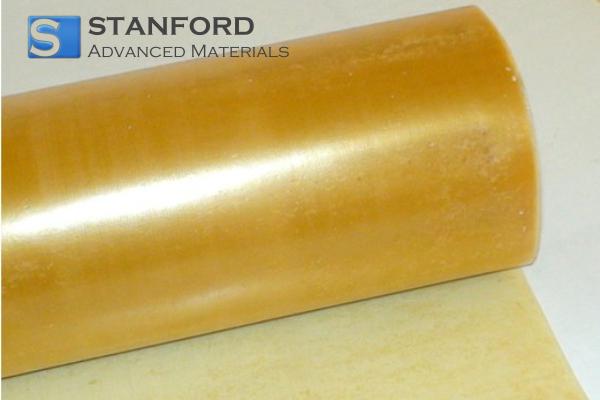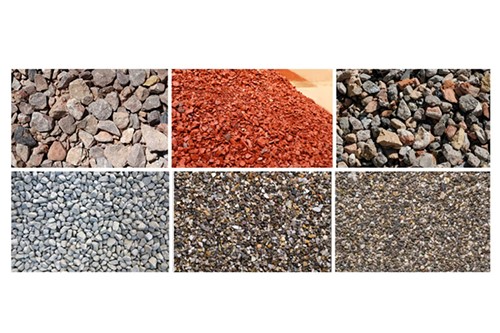ASTM A36: A Fundamental Steel Grade
Introduction to ASTM A36
ASTM A36 is the most widely used carbon structural steel standard, applied primarily to infrastructure and building construction. As specified by ASTM International, this steel grade has gained such widespread use due to its simplicity in fabrication, versatility, and affordability. It is now the preferred choice of engineers, architects, and builders because of its reliable mechanical performance and weldability, making it suitable for application on structural frames, bridges, and general fabrication.
Composition and Physical Characteristics of A36 Steel
A36 steel is composed mainly of iron with 0.25% to 0.29% carbon content, providing the correct balance of ductility and strength. It is therefore utilised for welding, cutting, and shaping without compromising structural integrity. Minor percentages of alloying elements such as manganese (0.8–1.2%) provide tensile strength and hardenability, while phosphorus and sulphur are limited to maintain ductility.
Major Properties of ASTM A36:
|
Property |
Value |
|
Yield Strength |
250 MPa (36,000 psi) |
|
Tensile Strength |
400–550 MPa (58,000–80,000 psi) |
|
Elongation |
20% in 200 mm |
|
Density |
7.85 g/cm³ |
|
Modulus of Elasticity |
200 GPa |
Applications of A36 Steel
ASTM A36 is used extensively across construction and engineering sectors due to its reliability under loading.
• Building Frames: Used widely in high-rise and low-rise buildings. A36 steel beams provide consistent load-carrying, reliable yield and tensile strengths necessary for structural stability.
• Bridges: Road bridges and pedestrian bridges frequently utilise A36 steel as girders and support beams because it can handle static and dynamic loads. In a construction project, A36 steel withstood repetitive thermal cycling and traffic stress without significant deformation.
• General Structural Elements: Columns, trusses, and fabrication pieces benefit from the steel's weldability and machinability, allowing precise tailoring without degrading material strength.
• Industrial Uses: Storage platforms, racks, and machinery frames utilise A36's uniform mechanical properties for resistance in indoor and outdoor environments.
Comparison with Other Steel Grades
ASTM A36 provides a cost-effective option without compromising significant mechanical performance compared to higher-strength alloy steels. While there are alloy steels such as A572 or A992 with improved tensile strength (up to 690 MPa), these are more expensive and require more advanced fabrication processes. The fact that A36 is low-cost, moderately strong, and highly weldable explains why it is the material of choice for most general structural applications.
Manufacturing and Fabrication
A36 steel is machinable, can be welded, and shaped into various forms such as beams, channels, and plates. Its uniform stress-strain behaviour prevents operations during fabrication such as cutting, bending, and drilling from negatively impacting the final mechanical properties.
For example, in a steel production plant, plates of A36 were welded and cut into a modular frame system. Tensile testing after production ensured that the welds remained strong at levels above 250 MPa, demonstrating the resilience of the material under production.
Types of Steel and Steel Grades
Alloy steels contain elements like chromium, nickel, or molybdenum added to enhance strength, toughness, or corrosion resistance. A high-alloy steel subcategory, stainless steels have high percentages of chromium for corrosion resistance and are austenitic, ferritic, or martensitic based on microstructure and mechanical properties. The three types balance strength, ductility, and corrosion resistance differently, depending on the application.
Tool and specialty steels have more specific applications. Tool steels demonstrate toughness at high temperatures and are applicable for cutting or shaping materials. Specialty steels such as maraging or weathering steels possess high strength or environmental toughness and are most suitable for aerospace, infrastructure, or exposed buildings.
Steel types, classified by systems such as ASTM, AISI, EN, and JIS, dictate composition, mechanical properties, and tolerances. The classifications assist engineers in selecting the appropriate material for a project, with regard to safety, durability, and performance. Being aware of both types and grades enables manufacturers and designers to choose steel that precisely fits the needs of their application.
|
Standard |
Description |
|
ASTM (USA) |
e.g., A36 (structural), AISI 4140 (alloy steel) |
|
AISI / SAE |
Steel numbering system; first two digits = alloy, last two = carbon content |
|
EN / DIN (Europe) |
e.g., S235, S355 for structural steel |
|
JIS (Japan) |
e.g., SS400, SCM440 |
|
GB / Chinese Standard |
e.g., Q235, Q345 |
Frequently Asked Questions
What is ASTM Standard?
ASTM standards are established requirements by the American Society for Testing and Materials that validate materials, products, and services meeting safety, quality, and performance requirements.
What is ASTM A36 steel used for?
It is predominantly utilised for structural applications such as building frames, bridges, trusses, and fabrication work because of its strength, ductility, and weldability.
How does A36 differ from other steel grades?
A36 offers a middle ground between strength, cost-effectiveness, and versatility and is therefore appropriate for general construction compared to higher-grade alloy steels that are stronger but more expensive.
Is A36 weldable steel?
Yes, it possesses good weldability to be integrated into structural structures without affecting mechanical performance.
What is the carbon content in A36 steel?
It has a carbon content ranging from 0.25% to 0.29% and exhibits good ductility without compromising strength.
Can A36 steel be used outdoors?
Yes, given appropriate protective coatings or treatments, A36 can withstand exposure to weather, moisture, and corrosion.

 Bars
Bars
 Beads & Spheres
Beads & Spheres
 Bolts & Nuts
Bolts & Nuts
 Crucibles
Crucibles
 Discs
Discs
 Fibers & Fabrics
Fibers & Fabrics
 Films
Films
 Flake
Flake
 Foams
Foams
 Foil
Foil
 Granules
Granules
 Honeycombs
Honeycombs
 Ink
Ink
 Laminate
Laminate
 Lumps
Lumps
 Meshes
Meshes
 Metallised Film
Metallised Film
 Plate
Plate
 Powders
Powders
 Rod
Rod
 Sheets
Sheets
 Single Crystals
Single Crystals
 Sputtering Target
Sputtering Target
 Tubes
Tubes
 Washer
Washer
 Wires
Wires
 Converters & Calculators
Converters & Calculators
 Write for Us
Write for Us




 Chin Trento
Chin Trento



